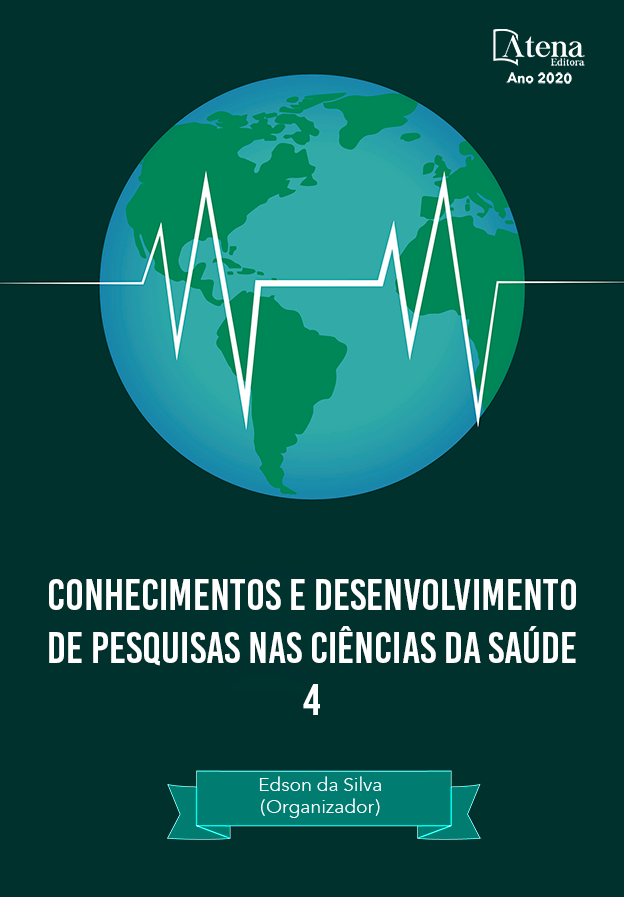
PREVALÊNCIA E PERFIL DE SAÚDE EM PACIENTES ANÊMICOS NO MUNICÍPIO DE URUGUAIANA RS, EM NÍVEL AMBULATORIAL E HOSPITALAR
A anemia é uma doença que atinge uma grande parte da população, porém não é diagnosticada para a grande maioria. Este artigo apresenta um estudo sobre o tema, com o objetivo de determinar a prevalência e o perfil de saúde dos pacientes anêmicos no município de Uruguaiana, Rio Grande do Sul, através de estudo bibliográfico sobre o tema e hemograma e contagem de plaquetas de 153 participantes em um ambulatório central e 253 participantes de hospital Santa Casa de Uruguaiana – RS. Dessa maneira, obteve-se a prevalência dos pacientes, seu perfil de saúde e sócio demográfico através da aplicação de um questionário aos participantes. Também analisou-se os níveis de ferro sérico total e o perfil eletroforético dos pacientes anêmicos através dos exames no plasma desses pacientes e o kit Fe Liquiform do Labtest® e da eletroforese, sendo as hemoglobinas variantes foram obtidas através do equipamento D10 Bio Rad®. Como resultados, a prevalência de anemia pelos valores de referência de Hemoglobina foi identificada, no ambulatório, apenas em homens com idade superior a 40 anos, enquanto todos os grupos estiveram abaixo dos valores de referência no Hospital; o gene de HbSA, que define a anemia falciforme, foi encontrado em 1% da amostra analisada; os níveis totais de ferro sérico, analisados em 194 pacientes, apenas dos grupos de prevalência. Dos homens com +40 anos, 23,81% no ambulatório e 77,4% no hospital apresentaram concentração acima de 170 ug/dL, sendo esse valor inferior a 65 ug/dL para 33,33% dos homens com +40 anos no ambulatório e para 6,5% deles no hospital. Já a população feminina no ambulatório, 41,18% das mulheres -40 anos teve concentração total superior a 170 ug/dL; para mulheres com +40 anos, 73,8% do hospital apresentaram valores superior a 170 ug/dL; valores inferiores a 65 ug/dL foram de 6,5% no ambulatório e 2,4% no hospital. Dessa forma, este estudo inédito na região de Uruguaiana-RS, inicia uma pesquisa que pode, como sugestão, tornar-se mais abrangente à diferentes grupos e regiões, e mais especifica, para grupos considerados mais prevalentes da doença.
PREVALÊNCIA E PERFIL DE SAÚDE EM PACIENTES ANÊMICOS NO MUNICÍPIO DE URUGUAIANA RS, EM NÍVEL AMBULATORIAL E HOSPITALAR
-
DOI: 10.22533/at.ed.80820161126
-
Palavras-chave: anemia, anemia falciforme, ferro sérico.
-
Keywords: Anemia, sickle cell anemia, serum iron.
-
Abstract:
Anemia is a disease that affects a large part of the population, but it is not diagnosed for the vast majority. This article presents a study on the topic, with the objective of determining the prevalence and health profile of anemic patients in the municipality of Uruguaiana, Rio Grande do Sul, through a bibliographic study on the subject and blood count and platelet count of 153 participants in a central outpatient clinic and 253 participants from the Santa Casa de Uruguaiana hospital - RS. In this way, the prevalence of patients, their health profile and demographic partner was obtained through the application of a questionnaire to the participants. The total serum iron levels and the electrophoretic profile of anemic patients were also analyzed by examining the plasma of these patients and the Fe Liquiform kit from Labtest® and electrophoresis, with the variant hemoglobins being obtained using the D10 Bio Rad® equipment. As a result, the prevalence of anemia by the hemoglobin reference values was identified, in the outpatient clinic, only in men over the age of 40 years, while all groups were below the reference values in the Hospital; the HbSA gene, which defines sickle cell anemia, was found in 1% of the analyzed sample; the total serum iron levels, analyzed in 194 patients, only from the prevalence groups. Of the men over 40 years old, 23.81% in the outpatient clinic and 77.4% in the hospital had a concentration above 170 ug / dL, this value being less than 65 ug / dL for 33.33% of men over 40 years old in the outpatient and 6.5% of them in the hospital. The female population in the outpatient clinic, 41.18% of women -40 years old, had a total concentration above 170 ug / dL; for women over 40 years old, 73.8% of the hospital had values above 170 ug / dL; values below 65 ug / dL were 6.5% in the outpatient clinic and 2.4% in the hospital. Thus, this unprecedented study in the region of Uruguaiana-RS, initiates a research that may, as a suggestion, become more comprehensive to different groups and regions, and more specific, for groups considered more prevalent in the disease.
-
Número de páginas: 17
- Elizandra Gomes Schmitt,
- Laura Smolski dos Santos
- Gabriela Escalante Brites
- Gênifer Erminda Schreiner
- Cristiane Gomes Schmitt
- Alessandra Gomes Saraiva
- Aline Castro Caurio
- Silvia Muller de Moura Sarmento
- Vanusa Manfredini


